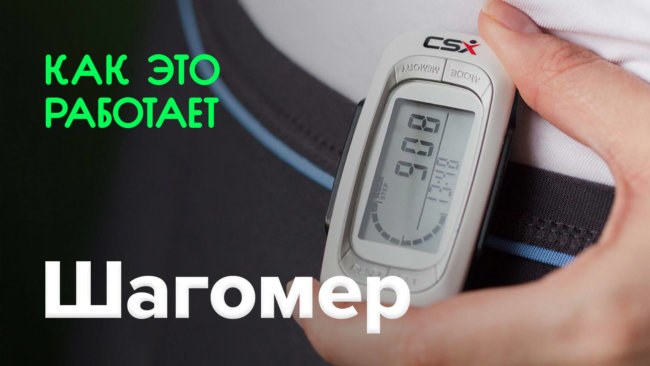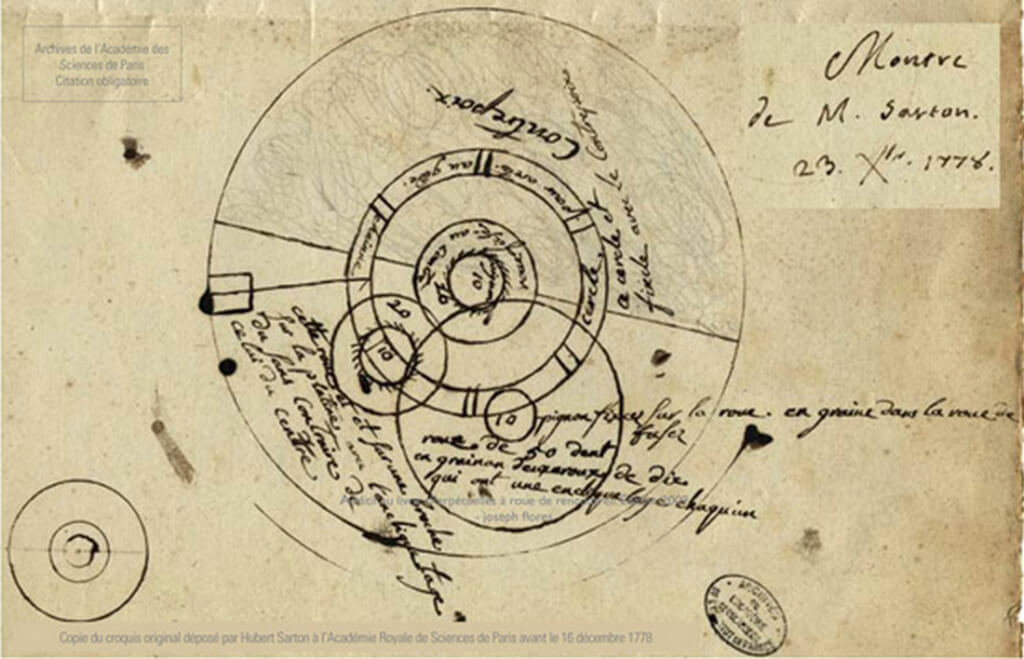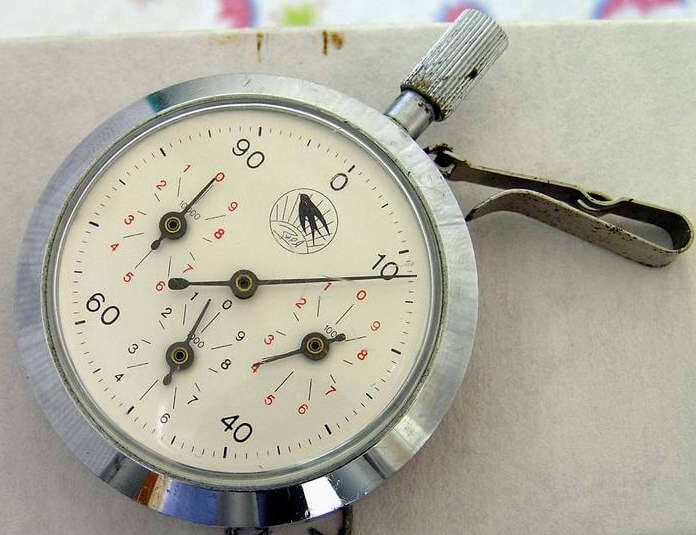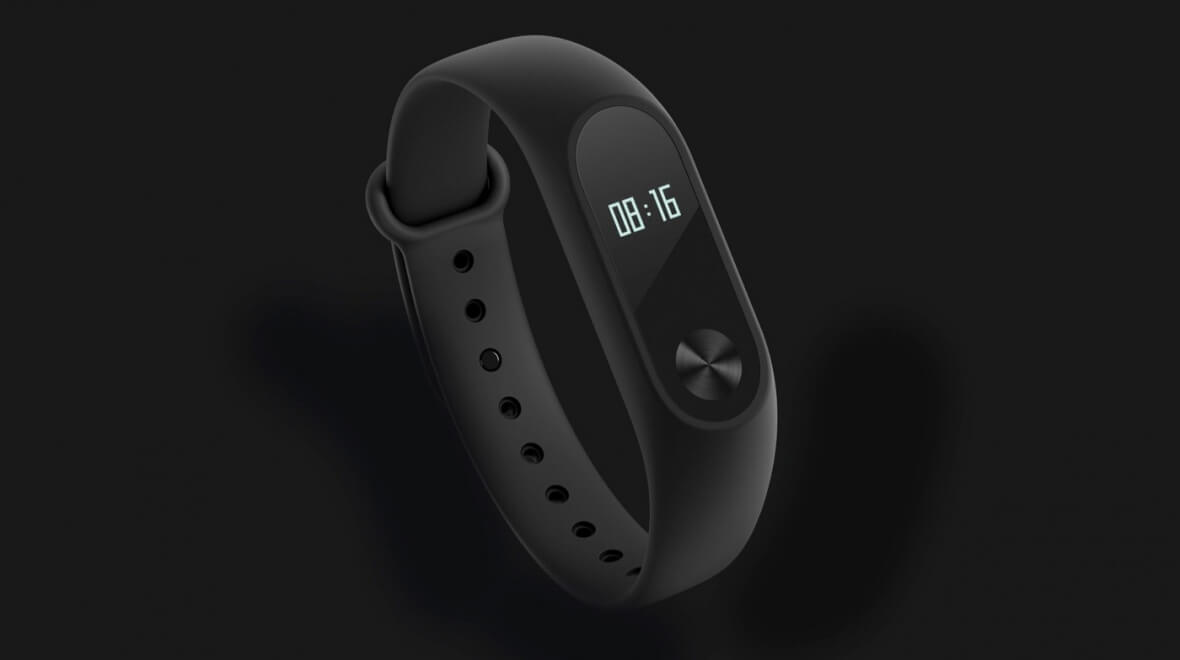
The first pedometer was invented by the French mathematician Jean Fernely in 1525. The device was a system of gear wheels and gears that are driven by an oscillating lever. He spun the arrows on the four dials, which are consistently counted the units, tens, hundreds and thousands of steps. People using this device was to attach the pedometer to the side at the waist and cord to tie the lever to the opposite knee. At each step the cord is pulled the lever, and the bottom arrow of the dial has moved by one. Much more compact pedometer at the end of the 18th century invented the third U.S. President Thomas Jefferson. His unit was attached to the pants pocket and presented a small mechanical device with gears, reminiscent of a clock. How does a modern pedometer — this is in the news today!

Most modern pedometers step determine the negative acceleration of the human body at the time of contact of the foot with the ground, which is fixed sensor-accelerometer. Mechanical pedometer is a small device, equipped with a sinker. When walking sinker inertia overcomes the spring resistance and through the gears turns the mechanical axis of the counter forward by one division.

As for the electronic pedometer, it can be either a separate standalone device, or used in mobile and wearable devices such as smart phones, smart bracelets and watches. In both cases, the pedometer detects steps with a multi-axis accelerometer that detect acceleration in several directions. During acceleration of the body in contact of the foot with the ground is the inertial mass of the accelerometer changes its position. This leads to a shift of the bends of the conductor in the accelerometer, which are arranged between taking the readings contacts. The intensity of the field around the contacts change their values as recorded by the sensor. Thus, the microprocessor transforms the shake into electrical impulses and increase the readings of the electronic counter. While complex algorithms and try to eliminate false positives during the execution of daily non-walk action, for example, when tying shoelaces.

There are also pedometers that represents the contact sensors fixed at the sole of the Shoe and triggered from depression. Because these sensors are usually fixed only on one leg, these pedometers I think a couple of steps.
The accuracy of pedometers depends on the characteristics of the gait of a particular person. A large part of the sensors according to the steps only if you pin them to a specific location on the belt. If you keep them in your hand or carry in a different location, the accuracy decreases significantly. It is also worth considering that many pedometers continue to count the steps when the user is travelling in transport, particularly on rough roads.

Experts say that to maintain physical fitness adult needs to pass 7-10 thousand steps daily.
How does it work? | Pedometer
Hi-News.ru